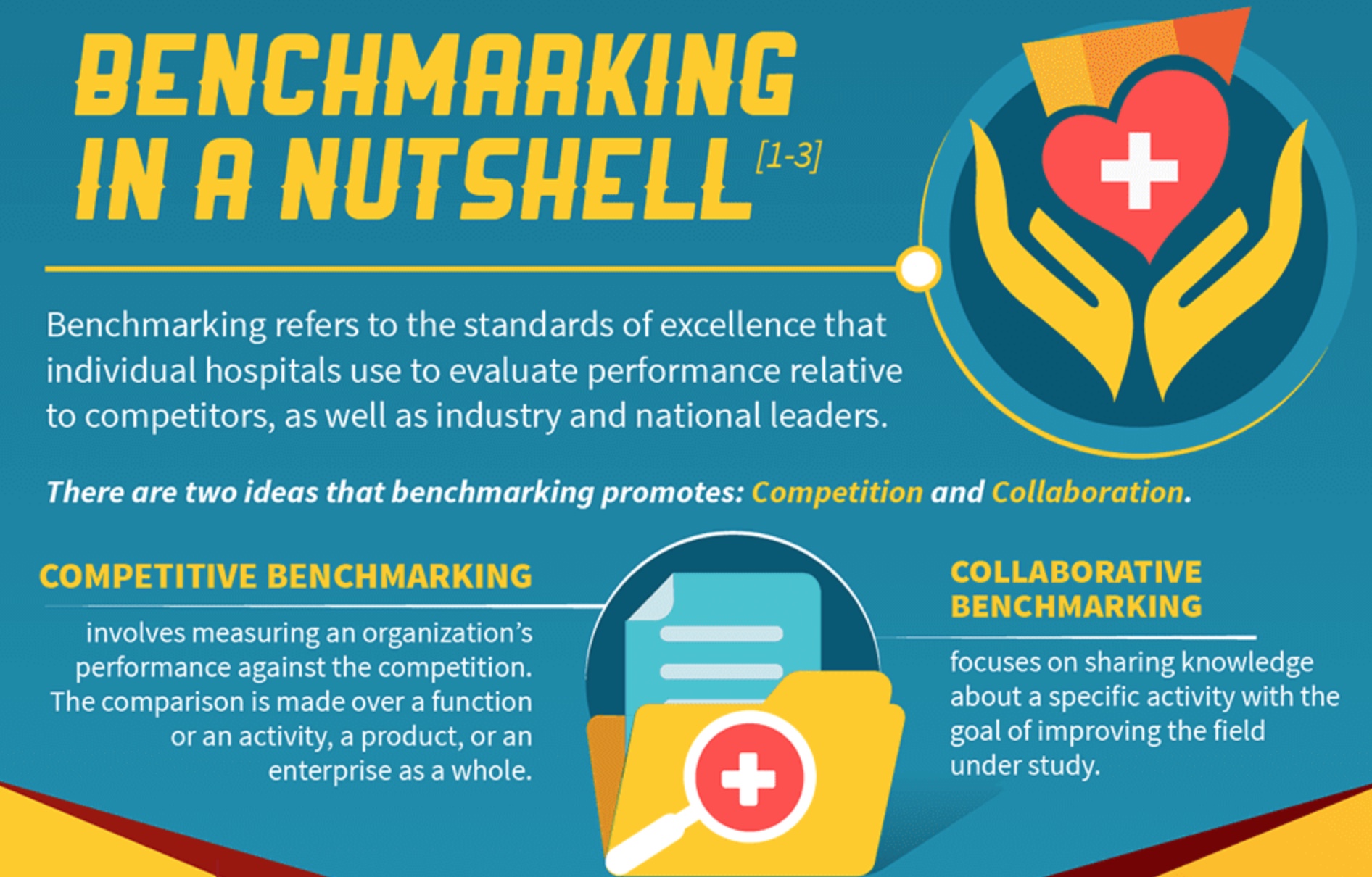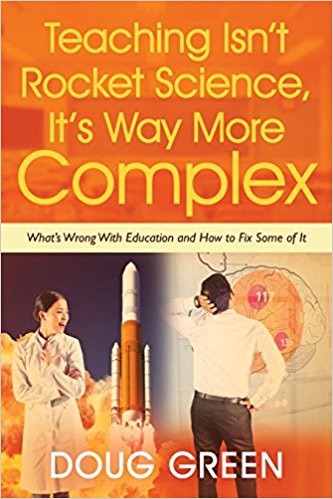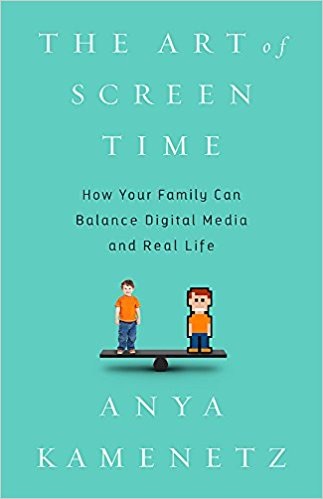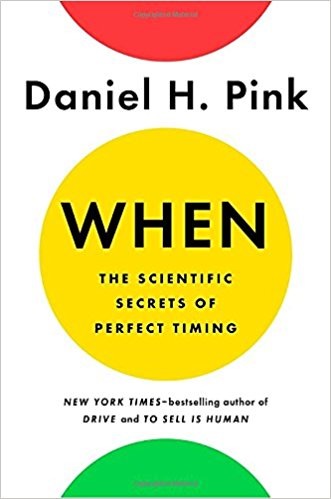5 Ways to Improve the Quality of Your Healthcare Facility by Jenna Smith spells out what state of the art healthcare facilities do to assure that they remain at the leading edge in terms of total quality in the profession. You should consider checking to see if your healthcare provider follows these five criteria.

Introduction
- Most healthcare facilities across the globe are beginning to put quality improvement at the top of their priorities list. And while communication breakdowns and certain medical errors are a source of frustration, efforts around patient care, clinical outcomes, care redesign, and cost-cutting can be evaluated to guide further improvement in quality standards. Below is a list of measures that any healthcare facility can take to raise their standard of patient care.
1. Benchmarking
- Leaders of facilities can use healthcare benchmarking to evaluate their work against local hospitals, national bodies, and industry leaders. Example benchmarks include hospital rating, care provided by the emergency department, number of heart attack patients, and outpatients with potential heart attack symptoms who received attention within 24 hours of being admitted. The results from benchmarks will offer high-level insight on where a particular facility stands compared to its competitors and what it can do to improve the quality of its service.
2. Collaborating with Patient Advocates
- Patient advocates often reside in outpatient-centered facilities. Their job is to ensure that appropriate care is being given to the patient, so they spend a lot of time with the sufferer listening to their concerns and ensuring they feel safe and comfortable. Collaborating with patient advocates is a great way to gather insight into sentiments and opinions of patients a healthcare provider may not be privy to. Applying the feedback into clinical procedures may also improve the quality of patient care as a whole.
3. Considering Human Factor Principles
- Human factor refers to the information about human limitations, human strengths, and other traits that are related to the design of healthcare tools, systems, tasks, environments, machines, and jobs. When designing healthcare systems, inputting human factor has a plethora of benefits, including standardization of procedures, better communication between healthcare providers, reduced risk of IT-based errors, and improved care processes. Some human factor principles also include leveraging checklists and protocols, as well as avoiding dependence on memory.
4. Rewarding Top Performers
- In addition to inputting human factor principles, rewards can be a great way to motivate top performers. When hardworking personnel receive empathy and recognition, he/she is compelled to perform even better. Also, others can be forced to work harder to achieve their recognition. Driving individual performance can help increase the quality of service throughout the organization. Therefore, if someone is consistently gaining accolades from regular patients, providing emotional support and ensuring people are sufficiently educated before they leave the facility, reward them in every possible way to set an example.
5. Adopting Characteristics of Industry Leaders
- Healthcare business owners can make a list of industry leaders within their locality and analyze the healthcare procedures being carried out within the leading organizations. Then, they can simulate processes within their facilities to detect harm events and provide their team with a strong foundation for learning. Training sessions can also be arranged for employees to educate them about industry-leading procedures. With simulation exercises and training, the quality of clinical outcomes is likely to improve.
- Enhancing the quality of care will ultimately boil down to research and innovation. However, healthcare companies can always review industry data to see which organizations lead in a particular domain which they’re looking to improve. Analysis of competitors can then be combined with the measures mentioned above for the greater good of patients.
Jenna Smith
- Jenna is a freelance blogger & has been blogging since college where she studied marketing. She fell in love with traveling early in life and to this day makes it a priority to visit new destinations every year. Jenna has merged her love of keying stories into copywriting work as well as plenty of reading and writing for fun! You can reach her at jennaleesmith1@gmail.com.










